 With the growth of endurance events with open water swimming in particular, there are special people behind the scenes who make it all happen.
With the growth of endurance events with open water swimming in particular, there are special people behind the scenes who make it all happen.The people work for the timing system companies. Athletes expect their finish times and race positions - both overall and within their age-groups - to be accurate and to be provided immediately.
 One such company with a strong presence in Hawaii, and is representative of many excellent timing companies worldwide, is Pacific Sports Events and Timing. Steve Foster, shown above before an open water swim, has been running Pacific Sports Events and Timing for years, utilizing the ChampionChip Timing System.
One such company with a strong presence in Hawaii, and is representative of many excellent timing companies worldwide, is Pacific Sports Events and Timing. Steve Foster, shown above before an open water swim, has been running Pacific Sports Events and Timing for years, utilizing the ChampionChip Timing System. Steve and the team at Pacific Sports Events and Timing manage the timing systems of many small and large races, including the Waikiki Roughwater Swim in Hawaii and the RCP Tiburon Mile in San Francisco. We caught up with him as he was preparing for another race.
10Kswimmer: What is the largest race – in terms of participants – that you have timed?
Steve: The Honolulu Marathon at around 27,000 participants.
10Kswimmer: What were the challenges to providing accurate timing for all the participants?
Steve: Getting the correct data. You would not believe the number of people that do not know how old they are.
10Kswimmer: What is the smallest race – in terms of participants – that you have timed?
Steve: We had a race with 18 participants: swim 1 mile, canoe 4 miles, run 3 miles.
10Kswimmer: What was the most difficult race to time in terms of logistics?
Steve: The Ironman Triathlon. The race starts at 6:45 am and finishes at midnight. The event timing is in 14 different locations that are spread out over 162K (100 miles). You have people setting up and moving equipment all day. It ends up being a 24-hour day for the timing staff.
10Kswimmer: What things can go wrong during a race?
Steve: Equipment failures...we always run back-up systems. Look at the articles on the 2007 Honolulu Marathon and the massive timing failure by [another company]. Non-tested systems in bad weather are a bad mix.
10Kswimmer: How do you prepare your staff and systems so problems are minimized?
Steve: We continually test the systems and are always training on software development to improve our abilities as event timers.
10Kswimmer: Are athletes’ expectations for split times, final times and placing immediately after the conclusion of the race getting higher?
Steve: With modern-day technology, athletes should expect instant CORRECT results. We have the ability to have a 15-second mat to [offer] internet relay response. The SMS test message system is just as fast. If you sign up for SMS, you can know when you crossed each of the check-points on a course.
10Kswimmer: What special high-end or unique services do you provide?
Steve: Most good timers offer all of the new live results. Messaging along with on-site live monitors. There is a difference between just offering and providing a great service. We offer it all and guarantee satisfaction.
10Kswimmer: Does managing your business take a special personality or skill?
Steve: You have to be able to tune the world out and take care of business.
10Kswimmer: What is the worse thing that ever happened in a race that you were timing?
Steve: An employee failed to turn on all of the finish line systems. I noticed this after 10 people had crossed the finish line. I was able to reconstruct the finish from a video camera.. No one knew the difference.
We salute all those timing system staff and volunteers who work behind the scenes, enabling athletes to receive their correct timing and placing results.



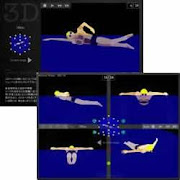




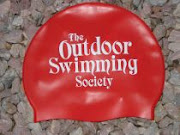

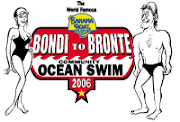


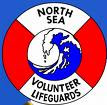
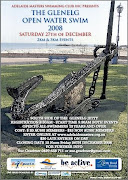





No comments:
Post a Comment